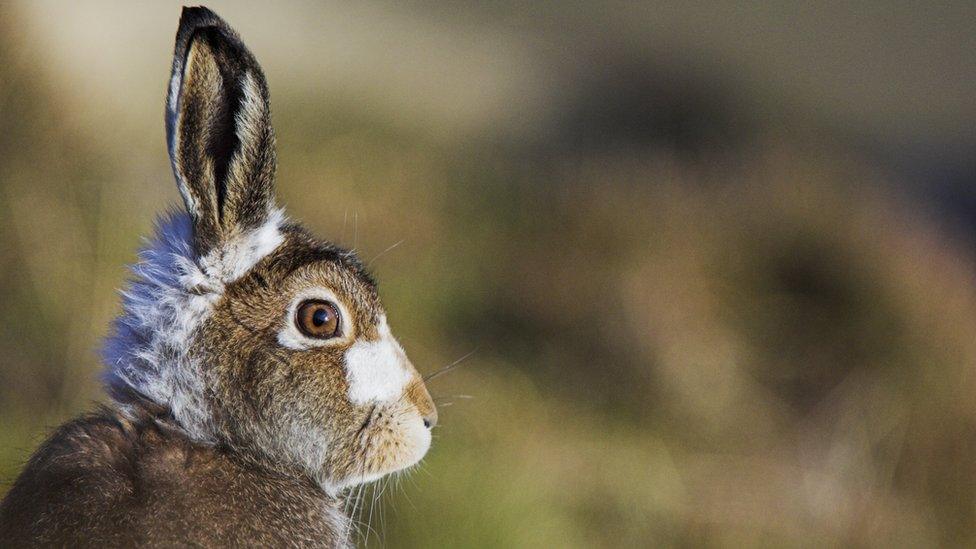'Evidence not ideology' should determine mountain hare law
- Published
- comments
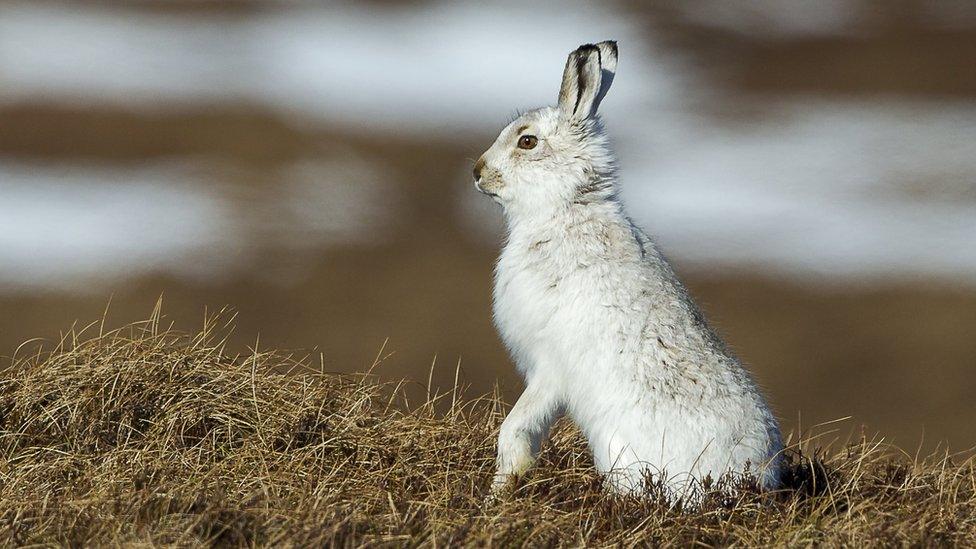
Evidence, not ideology should be the basis for any future legislation affecting Scotland mountain hare population, a land owners group says.
Scottish Land and Estates (SLE) said care should be taken that changes to current laws are made on the back of evidence rather than activism.
The remarks come ahead of a new bill by Green MSP Alison Johnstone calling for legal protection for mountain hares.
Mountain hares are currently subject to culling by landowners in Scotland.
Estate managers have said the cull was necessary to protect game, such as grouse, from disease.
However, a report by a leading academic - disputed by landowners - suggested there had been a dramatic decline in mountain hare numbers in some areas.
Ms Johnstone's fox and hare bill would end the killing of mountain hares, brown hares and foxes without a licence.
The animals "are routinely slaughtered across the country in huge numbers", she said.
She said there was an "urgent" need for protection and added: "Mountain hares are routinely being killed in huge numbers on grouse moors in particular, with an average of 26,000 killed every year.
"This is a native species whose population has crashed in some parts of the Highlands, and there is simply no justification for the killing."
She added that the proposals could also remove "loopholes" and make a fox hunting ban in Scotland "watertight".
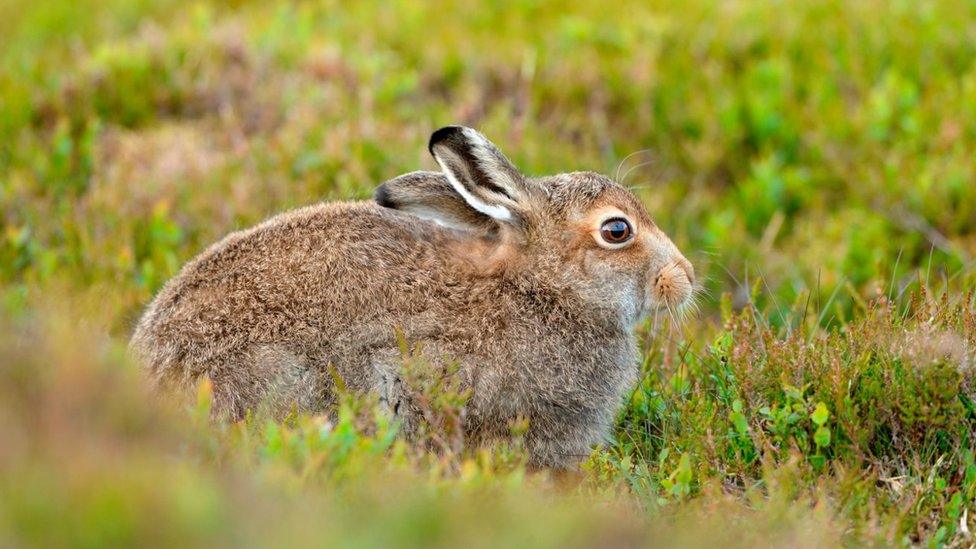
A mountain hare in its summer coat
However, Scottish Land and Estates chairman David Johnstone said current control measures were already subject to legislation.
He added that "substantial new research" did not support new calls for a ban on culling the animals.
Mr Johnstone said a new counting method was introduced earlier this year that found the management of driven grouse moors appeared to provide a net benefit to mountain hare populations, even after population control was factored in.
"The current population is estimated at 135,000 and is constantly renewing", he said.
Predator control
He added that the research suggested mountain hares "are doing better on grouse moors than anywhere else in Scotland", and attributed this to "legal predator control" and "flourishing" heather, a key part of their diet.
He continued: "No mention is made in this proposed bill of the 100,000 deer that are culled in Scotland each year or the greater number of rabbits that are killed, for broadly the same reasons as hares are managed".
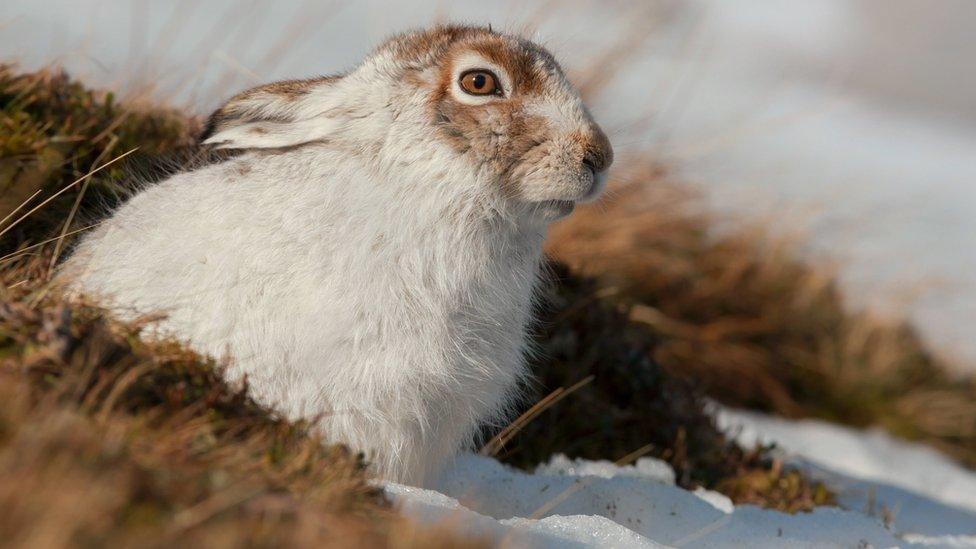
- Published14 August 2018
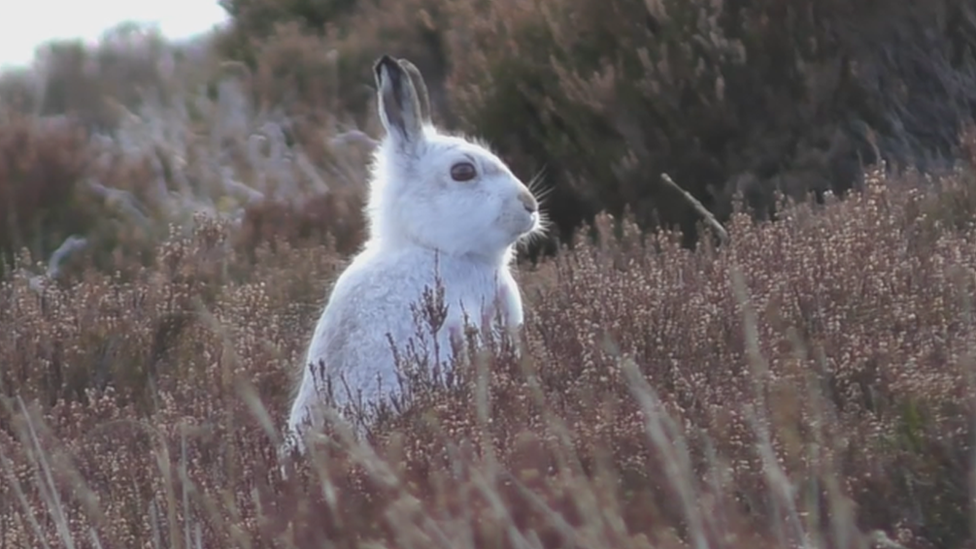
- Published29 March 2018

- Published26 January 2018
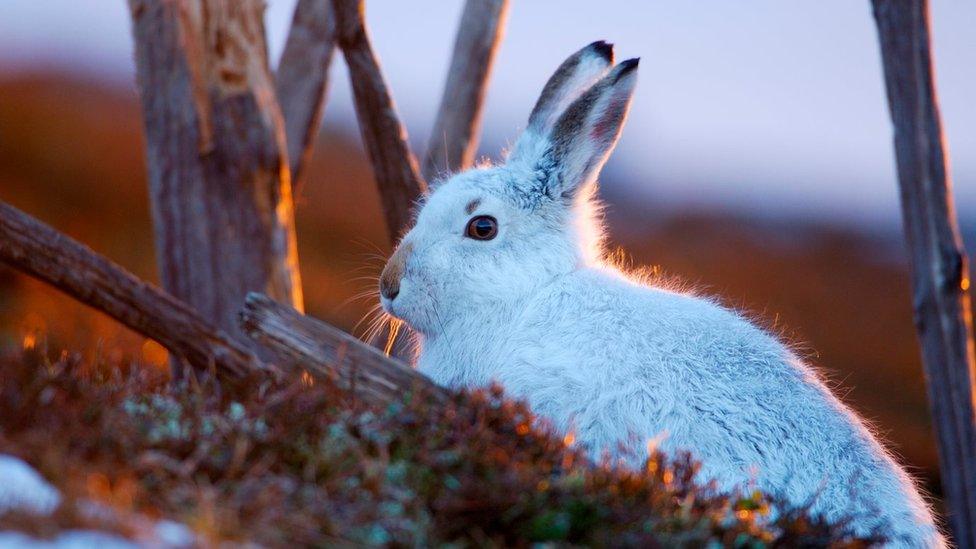
- Published13 October 2017

- Published31 July 2017
